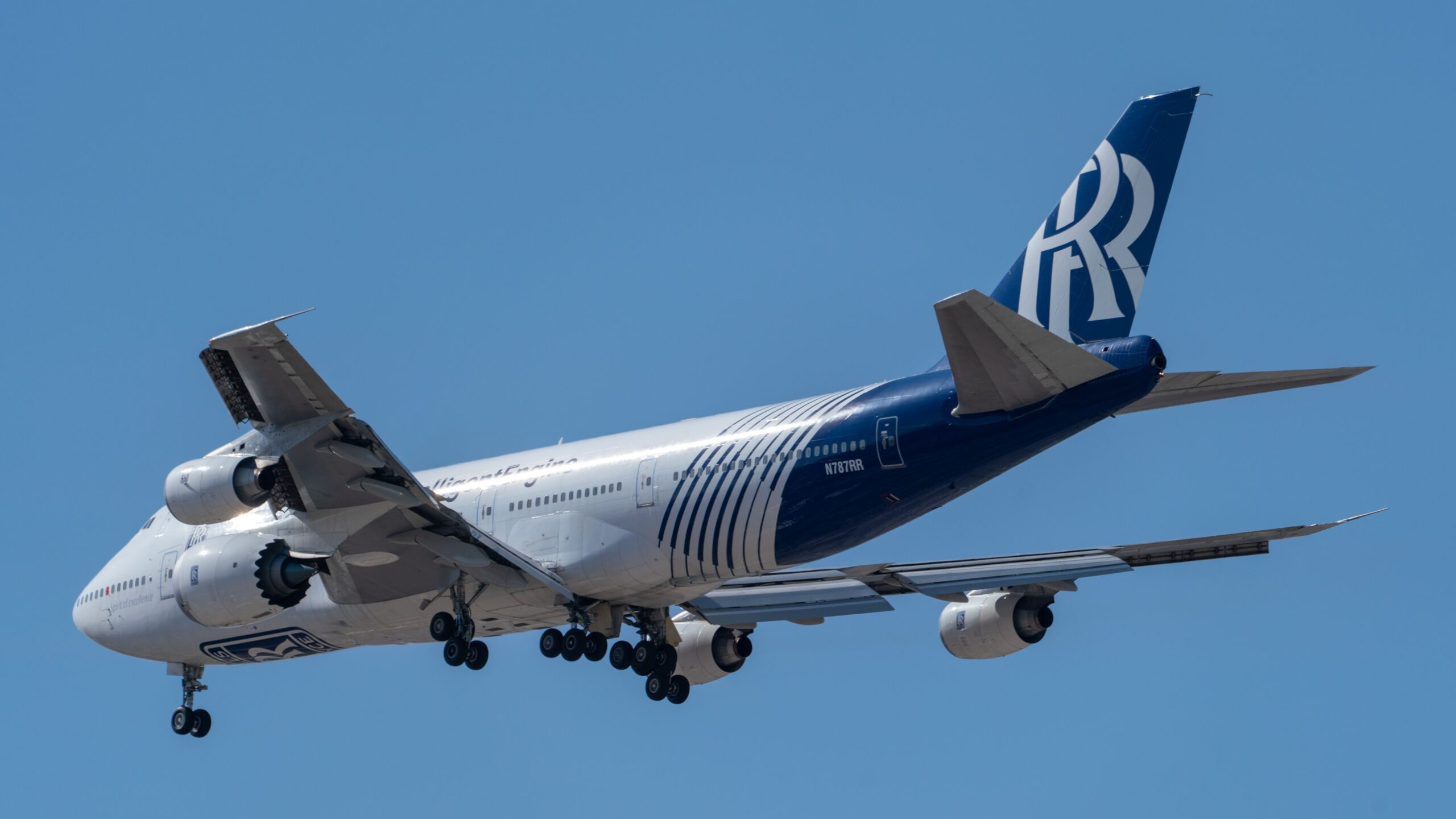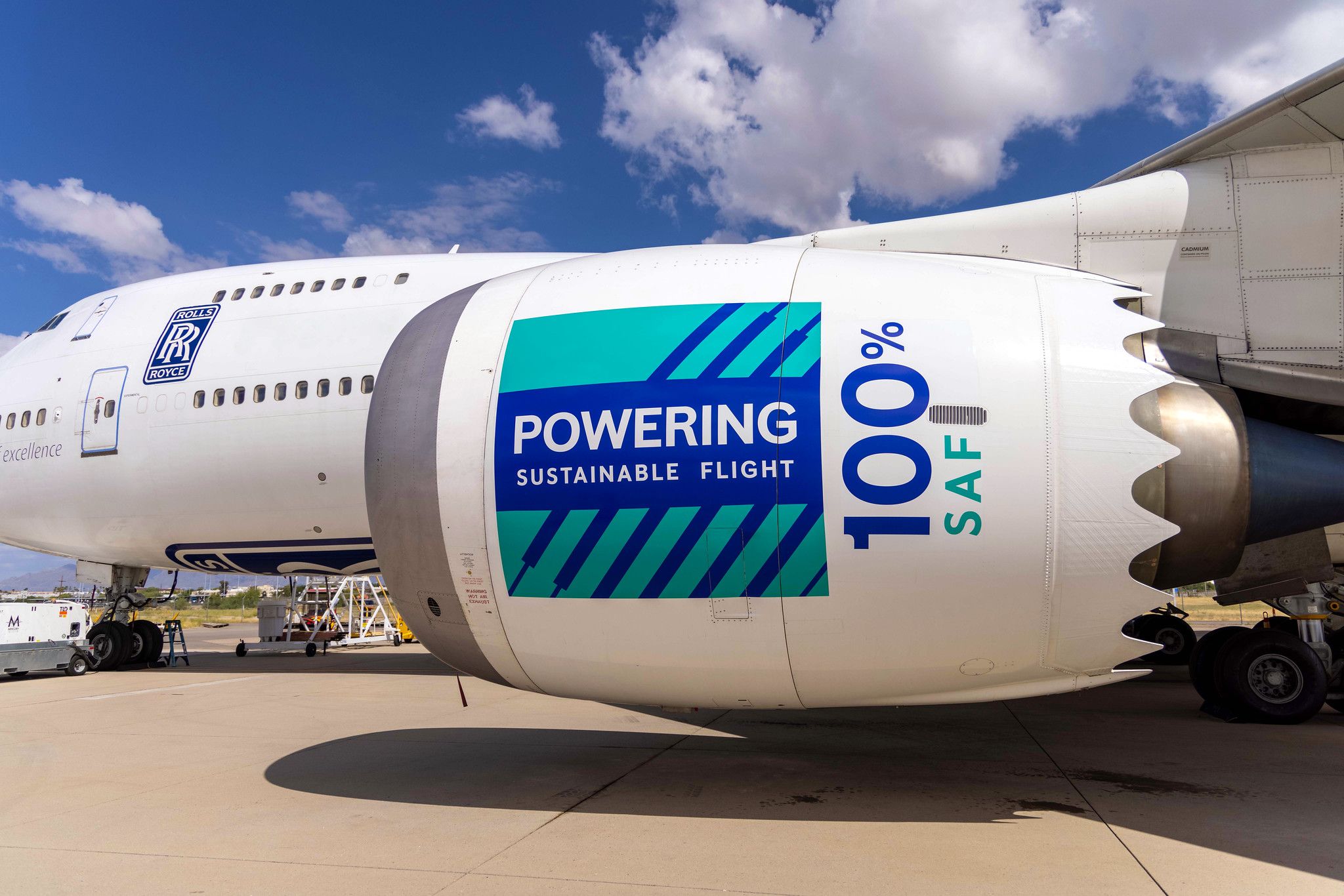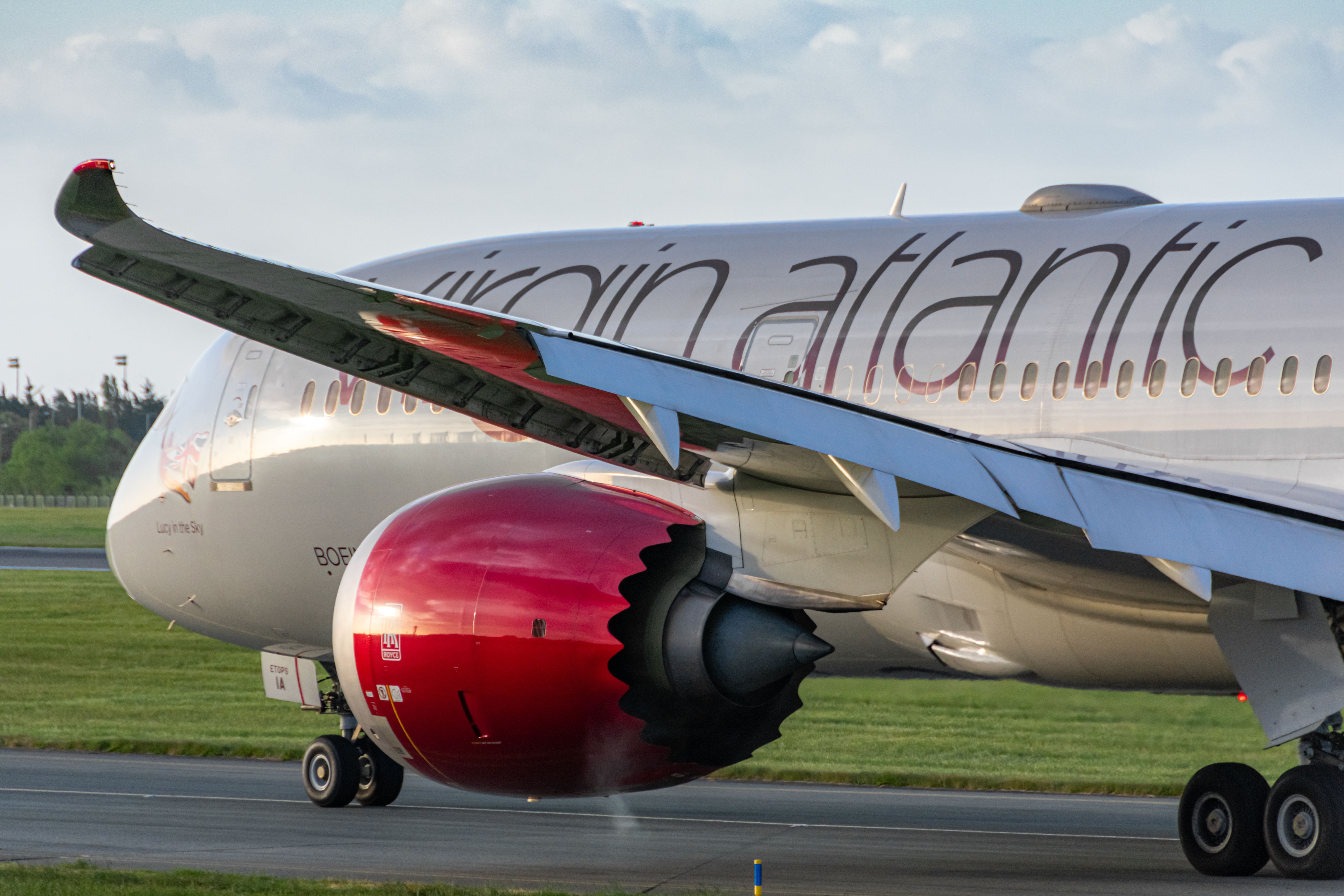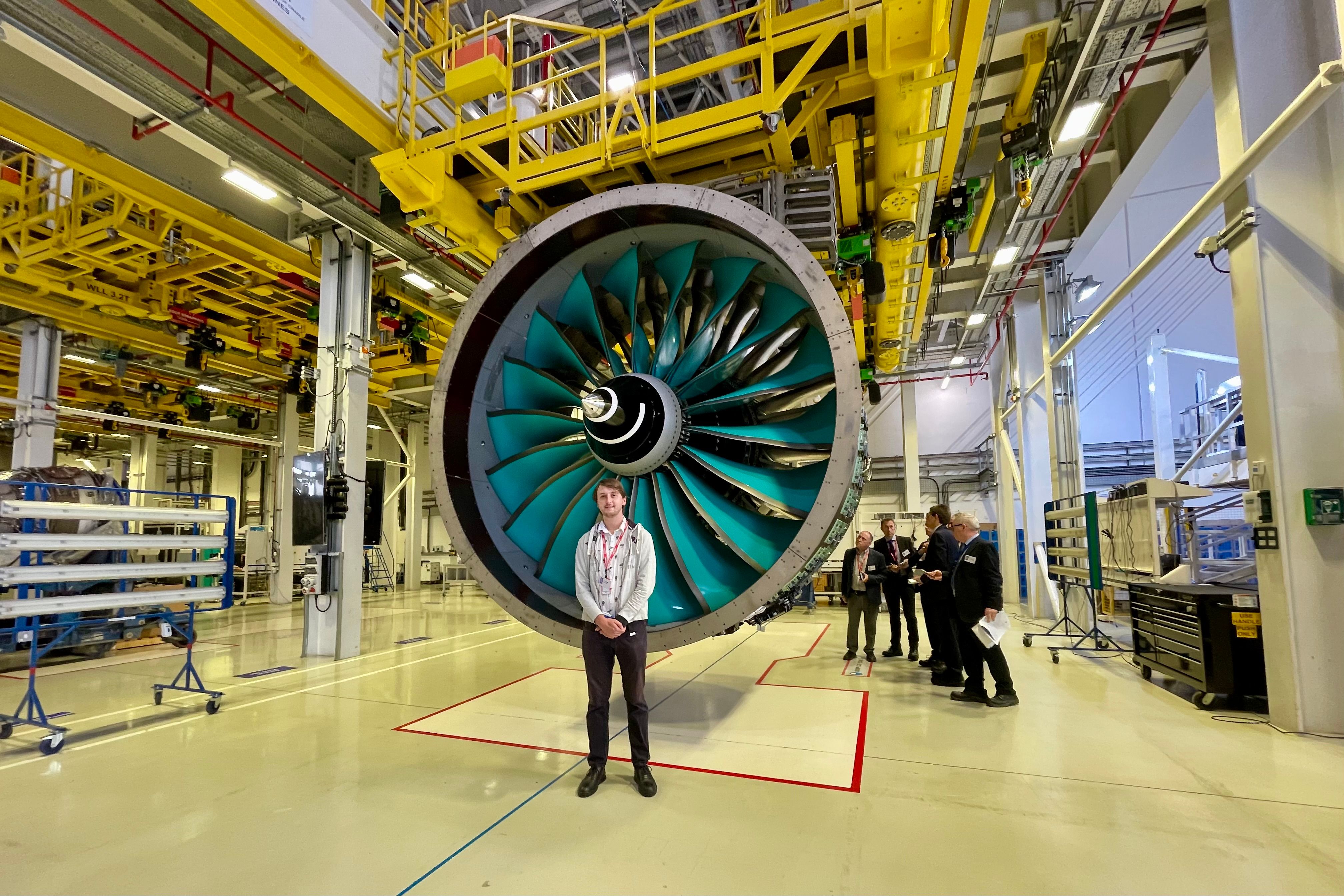Summary
- Rolls-Royce has successfully completed testing all of its commercial engines on a 100% blend of sustainable aviation fuel, a significant step towards sustainable aviation.
- The engine maker is collaborating with Boeing and Virgin Atlantic to prove that a 787 can safely fly across the Atlantic using sustainable aviation fuel, with a test flight scheduled for November 28th.
- Rolls-Royce’s UltraFan technology demonstrator has achieved its maximum designed power, positioning the company as a leader in innovative and sustainable aviation.
The Dubai Airshow gets underway today, and news from around the industry is already flooding in. Rolls-Royce is getting its announcements out early, revealing two significant milestones that have taken place recently, both involving experiments into engine programs.
The first piece of news announced by the engine maker was that it has completed its program to test all of its commercial engine offerings on a 100% blend of sustainable aviation fuel. (Later this month Virgin Atlantic is planning to operate a commercial flight only powered by SAF using Rolls-Royce Trent 1000 engines.) Simultaneously, the Derby based firm revealed that it has now run its UltraFan demonstrator at 100% power.
Sustainable aviation fuel compatible
Let’s start by looking at what Rolls-Royce has been up to regarding sustainable aviation fuels. Two years ago the company committed to prove that its current commercial line of engines (encompassing commercial and business jets) could safely and comfortably run on 100% SAF blends.
Photo: Rolls-Royce
This initiative saw various tests both in the skies and on the ground. For example, a Boeing 787 engine was tested using the fuels under the wing of a flying Boeing 747-200. Meanwhile, the most recent test was on a BR710 business jet engine on the ground in Canada.
Engines tested by the manufacture across a range of ground and flight profiles include,
- BR710
- BR725
- Pearl 700
- Pearl 15
- Pearl 10X
- Trent 700
- Trent 800
- Trent 900
- Trent 1000
- Trent 7000
- Trent XWB (-84&-97)
Not stopping here
The quest to test SAF blends in Rolls-Royce engines will continue, however. As mentioned, the engine maker is working with several companies, such as Boeing and Virgin Atlantic, to prove that a 787 can safely fly across the Atlantic using the fuels on a “drop in” basis. This means that the aircraft is refuelled as usual, with no technical changes made before or after. The only difference is the origin and composition of the fuel itself.
Photo: Croatorum | Shutterstock.com
The flight is set to take place on November 28th, with the Boeing 787 flying from London Heathrow Airport (LHR) to New York’s JFK Airport (JFK). All of the relevant regulatory clearances have been secured for this flight, but that doesn’t mean that all flights will instantly be okay to operate with 100% SAF.
While running the engines on SAF is one thing, aircraft manufacturers also have a part to play in ensuring drop in SAF compatibility as highlighted by Rolls-Royce’s Regional Director of Marketing EMEA, Jason Sutcliffe at yesterday’s Embraer Symposium held in Dubai. He remarked,
“All our engines will be capable of 100% SAF but there’s still a lot of work to do from the airframers. Viscosity, the aromatic values of the fuel, the pipes, the o-rings. How they work within the aircraft and the fuel system to make sure that it can run on 100% [drop in SAF].”
What’s going on with the UltraFan?
Rolls-Royce has also been working on a technology demonstrator called the UltraFan for almost ten years. The engine is called a technology demonstrator, as Rolls-Royce is using it to prove that the new engine design is functional, rather than with a mind to sell it as an aircraft engine option at this stage.
Photo: Tom Boon | Simple Flying
Ahead of the 2022 Farnborough Airshow, Rolls-Royce showed Simple Flying that the engine had been successfully built. The engine is so large and powerful that the company had to build a brand new engine test-bed to put it through its paces.
The engine was first powered up in May 2023, and further tests have been slowly ramping up the engine’s power output. Now, Rolls-Royce has revealed that the engine has successfully been at its maximum designed power.
On this point, Tuftan Erginbilgic, CEO of Rolls-Royce said,
“Rolls-Royce is at the cutting edge of innovation and technology, leading the way in the transition to more efficient and sustainable aviation. This fantastic milestone puts us in a strong position to support the plans of our customers as they develop the next generation of super-efficient aircraft.”
What do you make of Rolls-Royce’s Dubai Airshow announcements? Let us know what you think and why in the comments below!




